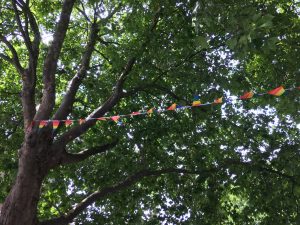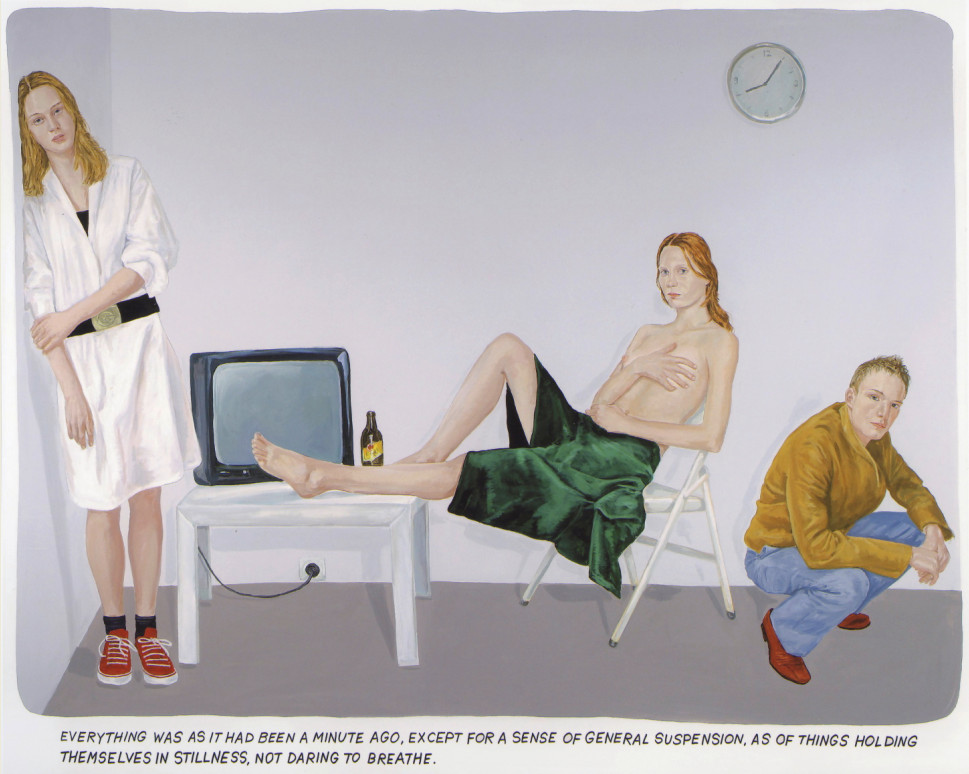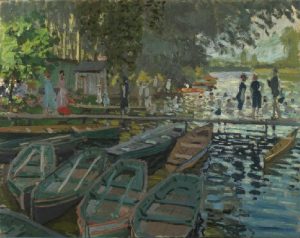The new mode of practice that I would like to develop is the creation of interactive public pieces, for example making a sculpture or providing resources on which members of the public can write or draw on. The comments and drawings from the public can then be transferred/recreated/photocopied and left in public areas. For example, I can hang them on tags from trees or write on rocks and walls, etc. I like the idea of letting the spontaneous thoughts of members of the public become the artwork. This idea is very similar to Yoko Ono’s ‘Wish Tree,’ which I saw in the Copenhagen Contemporary gallery, in which viewers were invited to write their wishes on tags to attach to the tree outside. However, I would like to stretch this idea further and perhaps give the public more media to express themselves with, e.g. providing paints, pencils, charcoal and ink, also leaving the topic of writing open. The comments and phrases that I collect can then act as starting points for further pieces of my work.
I haven’t experimented much with text in my work so this is an area of interest to me. Although I haven’t written much poetry, I would like to explore this as I find it really effective when it is left in public places, e.g. written on cut down trees or made into a sticker and left on a lamp post. This interests me as it will be overlooked my many, but some people may notice it and take the time to read it. The public comments and drawings can act as inspiration for this writing, and the poems may not even have to make much sense, instead linking to the spontaneous thoughts.



